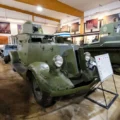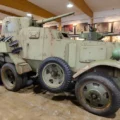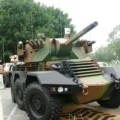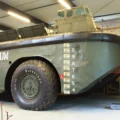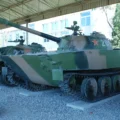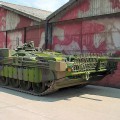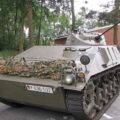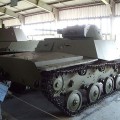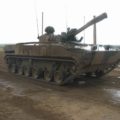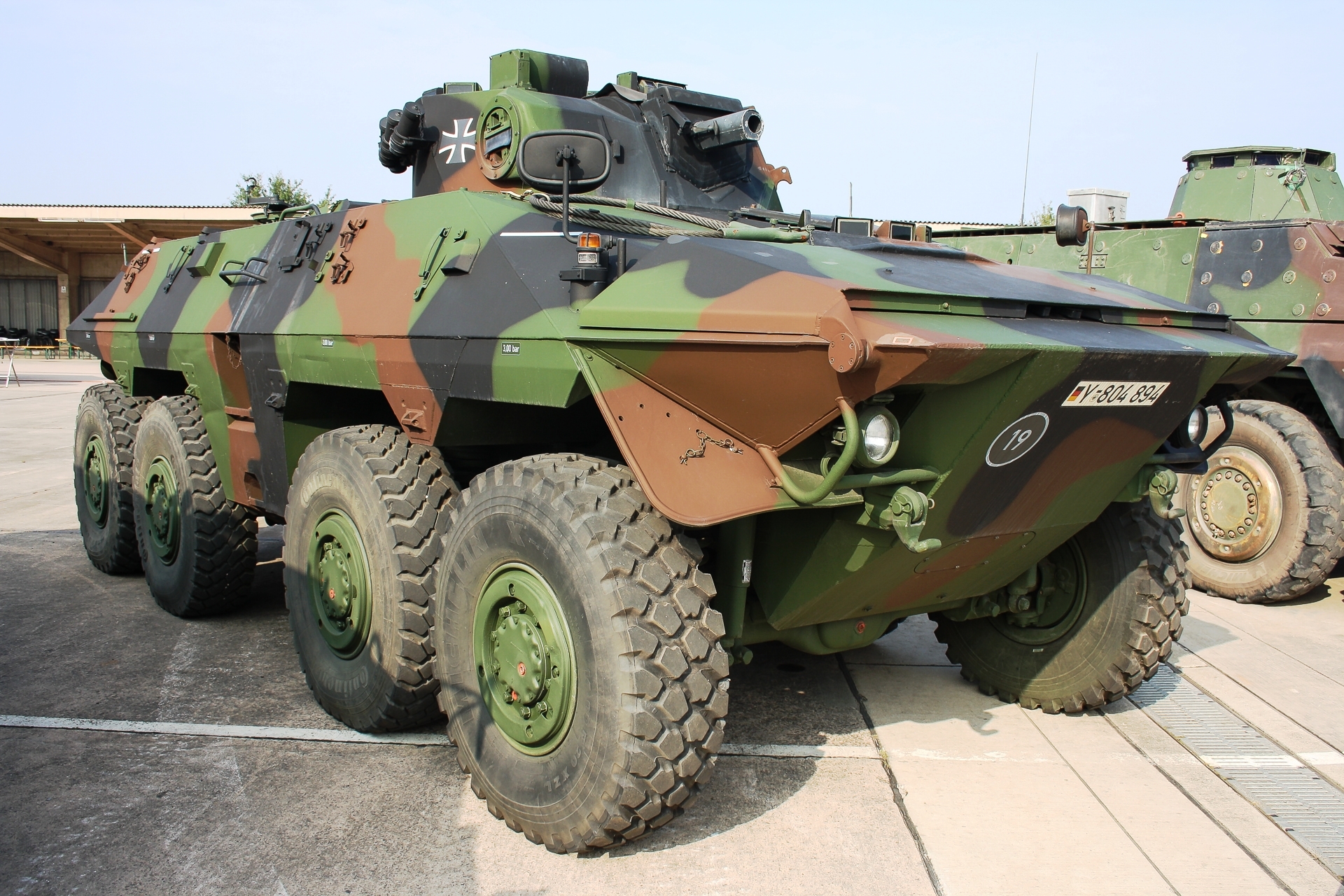
Spahpanzer 2 | |
|---|---|
| Paese | Germania Ovest |
| digitare | Veicolo da ricognizione |
| Prodotto | 1975–1977 |
| Costruito | 408 |
Le Spähpanzer Luchs (English: Lynx) is a German 8×8 amphibious reconnaissance armoured fighting vehicle (Spähpanzer) in service since 1975 with the German Army, who used 408 in their armoured reconnaissance battalions. It was developed by Daimler-Benz between 1968 and 1975, replacing the M41 and the Schützenpanzer SPz 11-2 Kurz. The all-wheel drive Luchs made by Thyssen-Henschel (now: Rheinmetall) is well armoured, has an NBC protection system and is characterized by its low-noise running. The eight large low-pressure tyres have run-flat properties. At speeds up to about 50 km/h, all four axles can be steered. As a special feature, the vehicle is equipped with a rear-facing driver with his own driving position. Up to the first combat effectiveness upgrade in 1986, the Luchs was fully amphibious and could surmount water obstacles quickly and independently using propellers at the rear and the fold back trim vane at the front.
fonte: Spahpanzer 2 su Wikipedia
| Spahpanzer 2 Prototype | |
|---|---|
| Fotografo | Ulrich Wrede |
| Localizzazione | Inconsapevole |
| Foto | 18 |
| Luch Spahpanzer 2 Walk Around | |
|---|---|
| Fotografo | Thomas Hartwig |
| Localizzazione | Inconsapevole |
| Foto | 54 |
Vedi anche:
Le Spähpanzer Luchs L'auto blindata da ricognizione "Lynx" era un veicolo corazzato da ricognizione anfibia tedesco 8×8 che ha prestato servizio nell'esercito tedesco dal 1975 al 2009. È stato sviluppato da Daimler-Benz tra il 1968 e il 1975 per sostituire l'M41 e lo Schützenpanzer SPz 11-2 Kurz.
Disegno
Il Luchs aveva uno scafo in acciaio interamente saldato che forniva protezione dal fuoco delle armi leggere e dalle schegge dei proiettili. Era dotato di trazione integrale e sterzo, con la capacità di sterzare tutte e 8 le ruote a velocità fino a 50 km/h. Aveva una posizione di guida rivolta all'indietro per consentire la retromarcia alla massima velocità.
Il veicolo era originariamente completamente anfibio, utilizzando eliche nella parte posteriore e una paletta di assetto nella parte anteriore per attraversare gli ostacoli d'acqua. Ha perso questa capacità dopo un aggiornamento del 1986.
Armamento
Il Luchs era armato con un cannone automatico Rheinmetall MK 20 Rh 202 da 20 mm in un supporto a torretta, simile a quello utilizzato sull'IFV Marder. Aveva anche una mitragliatrice MG3 da 7,62 mm montata sopra il portello del comandante per la difesa aerea.
Indicazioni
- Equipaggio: 4 (comandante, mitragliere, autista, radiofonista/retroguardia)
- Lunghezza: 7,74 m
- Larghezza: 2,98 m
- Altezza: 2,84 m
- Peso: 19,5 tonnellate
- Motore: 10 cilindri Daimler-Benz multicarburante turbo diesel/benzina
- Velocità massima su strada: 90 km/h
- Velocità massima sull'acqua: 10 km/h (aggiornamento pre-1986)
- Autonomia: 730 km
Tra il 1975 e il 1977 sono stati prodotti un totale di 408 veicoli Spähpanzer Luchs per l'esercito tedesco. Alla fine fu sostituito dal veicolo da ricognizione Fennek in servizio tedesco.
Visualizzazioni : 2719


